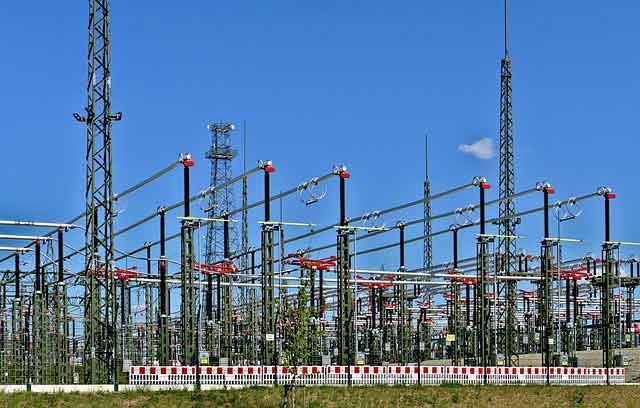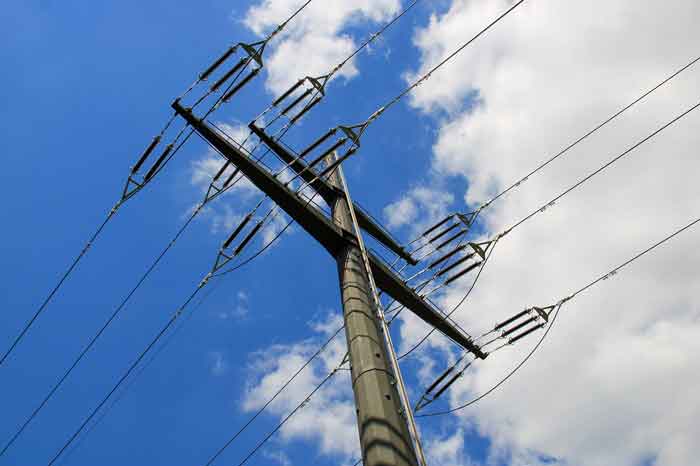Solar investors will see strong 2010, analysts predict
By Reuters
High Voltage Maintenance Training Online
Our customized live online or in‑person group training can be delivered to your staff at your location.

- Live Online
- 12 hours Instructor-led
- Group Training Available
In 2009, the industry experienced growing pains, exacerbated by the credit market crisis and a nearly 50 percent decline in prices for solar modules that crimped profits for companies like U.S. leader First Solar Inc and Germany's Q-Cells.
The fall in panel prices has largely stabilized while cuts in solar incentives in Germany and Italy are likely to be less severe than investors feared, analysts say.
But as 2010 nears, analysts are starting to see a few green shoots in an industry that is so new that it has few shoots of any other color than green — better performance from Chinese low-cost producers, a brightening outlook in Germany and a somewhat easier credit environment.
"We're up against some uncertainties.... But I think that on a six- to 12-month basis, the solar market is going to be looking much better than it does today and stocks will be higher," said Cowen and Co analyst Rob Stone.
Helping improve the mood, the U.S. federal government this month fast-tracked more than 2.4 gigawatts of renewable energy projects in California. The move may help them clear regulatory hoops in time to qualify for stimulus funds.
In addition, the steep decline in panel prices may be starting to attract interest for new projects, Stone said.
Prices are still likely to fall 10 to 15 percent in 2010, but companies should be able to protect their profit margins at that "more normalized" price decline rate with other cost improvements, said Piper Jaffray analyst Jesse Pichel.
While cuts in the German government's solar incentives could deal a blow to growth next year, analyst Pichel said the market recently ignored "good news" that the German government will consult with the industry before it finalizes its plans.
Bank of America Merrill Lynch analyst Matthew Yates wrote that Germany will likely install close to 3 gigawatts of solar this year, double what it was targeting, despite a very weak first six months with tough financing.
"The new government coalition has made it clear that a full review of the subsidies will be conducted in 2010. This could pull forward demand and help support near-term results," Yates said.
Q-Cells Chief Executive Anton Milner said he expects demand for solar cells to pick up in the first half of 2010, expecting an operating profit for next year, after having posted a net loss of nearly a billion euros for the first nine months of 2009.
The comments by Q-Cells, one of the world's top makers of solar cells, chimed with comments from its German peers Conergy and Phoenix Solar. Both said demand would pick up, leading to growth on profits and sales next year.
While results from U.S. solar companies First Solar and SunPower disappointed investors, Chinese players including Suntech Power Holdings Co Ltd , Trina Solar Ltd and Yingli Green Energy Holdings Co Ltd, posted better-than-expected earnings.
Suntech expects prices for panels to stabilize or rise slightly in the first part of the year and Trina continued to increase it margins, topping 28 percent in the third quarter.
To prepare for more demand, both Suntech and Trina aim to increase production capacity.
Chinese companies could benefit if prices for polysilicon — a key panel material — fall more, Pichel said.
"The Chinese should be able to keep their margins or expand their market share while the European companies have completely squandered their lead," Pichel said.
Pichel noted that First Solar's reported margins of 51 percent still lead the industry.
"The worst fears have not come true. That itself is a relief.... The disconnect is that the market is jittery and they want buttoned up and well-presented quarters without any excuses," Pichel said in an interview.
But today's low-cost producer may not hold the same spot next year and more is needed to make solar price competitive than "breaking fewer wafers or holding the line on employees' wages," said Kevin Landis, chief investment officer of Silicon Valley-based Firsthand Funds and manager of the $5.4 million Firsthand Alternative Energy Fund, which owns some Chinese stocks.
Analysts with research firm Gartner urged some caution as a full recovery will take time, with 2010 revenue up 9 percent.
"We are seeing some short-term stabilization in terms of the premium suppliers, but on the whole there is excess capacity so pricing pressure should continue," said Jim Hines, a research director with Gartner.
"We're not forecasting (photovoltaic) revenue to pass the peak of 2008 until 2012," he added.











